
This article is brought to you in association with Masters of CG, a new competition that offers the chance to work with one of 2000AD's most iconic characters. There are big prizes to be won, so enter today!
When it comes to movie special effects, size matters.
Take Smaug, the titular dragon in the second Hobbit film, The Desolation of Smaug. "It was a constant struggle to get him sized correctly," sighs Kevin Sherwood.
Sherwood, VFX producer at Weta Digital, the New Zealand company co-founded by Peter Jackson, outlines the problem. "So there's this dragon that's the size of a 747 and he's going to swing his head around - the velocity for that is pretty extreme," he begins. "And then we had all these scenes with coins flying around and stuff, which are all physics-based simulations.
Balancing the physics
"You've also got certain beats you've got to hit with the performance that's going on. The animators are trying to get him into positions for things he needs to be in, the camera blocking and all that kind of stuff.
"So there was constant fight to get him into places, move him probably quicker than something like that could probably move, but also to try to keep the weight of him so it looked realistic.
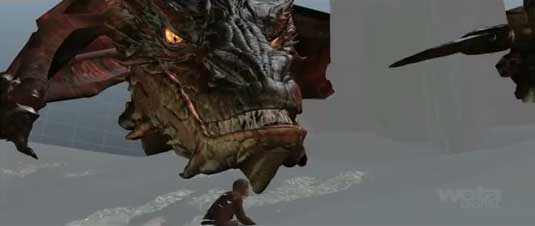
"The audience needed to feel he was a really large creature," Sherwood stresses. "But some of the speeds he was moving in some shots couldn't be totally realistic - for instance, the coins would have flown at a crazy velocity and an insane distance. So trying to get that balance was something that was a technical challenge, but also a creative one."
Get the Creative Bloq Newsletter
Daily design news, reviews, how-tos and more, as picked by the editors.
Long and the short of it
And it's not just large characters that cause problems: small ones do too. At least when they're in scenes with a larger character, and both are being played by normal-sized actors.
We're talking here of the trickery used to make Ian McKellan as Gandalf look enormous when appearing next to the dwarves. And the solution is something you probably wouldn't have guessed.
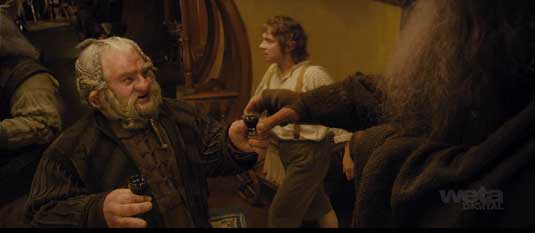
"It's what we call slave mocon," explains Sherwood. "You have two sets running at the same time, with two cameras.
"One bit of action is happening on one stage and then on a stage right next to it there's a motion controlled camera. That's being driven by the live action set camera and choreographing action so that you can do a scale change.
The two-set shuffle
Weta used this technique in the scene where Gandalf is at Bag End and he's having dinner and all the dwarves are wandering around. "We shot that scene at the same time on two different sets. So Gandalf was on a green screen set with a motion control camera.
"That camera was driven by a live action crane on the Bag End set. And the camera movements were scaled as you went to the motion control camera - because you had to scale the size of the moves so that he looks like he's bigger." You can see the technique in the first sequence of this breakdown reel:
VFX veteran
It sounds like a headache, but it's the sort of problem Sherwood takes in his stride, having faced many similar technical and creative challenges over the years. He's been working in the industry since 1994 - his first job out of film school in California was with ILM - and he's spent the last 12 years down under with Weta.
He arrived in 2002 to work on the second Lord of the Rings movie, The Two Towers. "The first daily session I sat in was one of the early ones with Gollum," he recalls. "They were still working out his facial design and they hadn't quite got to the point where they realised that they had to model his face after Andy Serkis. They were still trying to incorporate some older designs. And I remember sitting in there and being pretty blown away. I hadn't seen creature work to that level before."
Having originally signed on for a 10-month contract, Sherwood fell in love with working at Weta, and has stayed there to this day working on a ton of blockbusters, including four Middle-earth epics, Avatar, Prince Caspian, I-Robot and Rise of Planet of the Apes. But of all the epic scenes he's put his heart and soul into, it's the T-Rex fight in King Kong that stands out most in his memory.
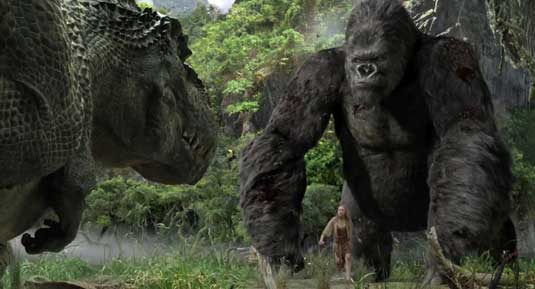
"I'm super proud of that scene," he says. "I love monster movies, and that came together really well. We spent over a year working on it. It was shooting a mixture of miniatures and CG. A huge dinosaur and a big gorilla; it doesn't get better than that for a kid who loves that stuff.
"I've always been a fan of miniatures," he continues. "They look great, and they also have a physics reality to them. Although they can be quite tricky to work with."
Again, it often comes down to a question of sizing. "There can often be some sort of scale issues that you didn't see at first when you started working on it. Then they become more apparent as you start to get more into it and you think 'That doesn't quite look right'."
Changing techniques
That's not an issue for Sherwood right now, of course; he's currently working on the third Hobbit film, for which everything's being done in the computer. This gradual transition from models to full-blown CG has been one of the biggest changes he's seen during his time at Weta, he says. The other notable one has been the rise of stereo 3D, which he first encountered on Avatar.
"That was a really exciting film to work on," Sherwood smiles. "We definitely had a feeling it was cutting edge stuff, what we were doing on that film. James Cameron's quite a powerful personality and the way he talked about it and the confidence he had in what he was doing was really infectious.
"He really had a vision. He's thought about that universe in a way that's taken a lot of imagination and time. He thinks about species and tries to tie it into science."
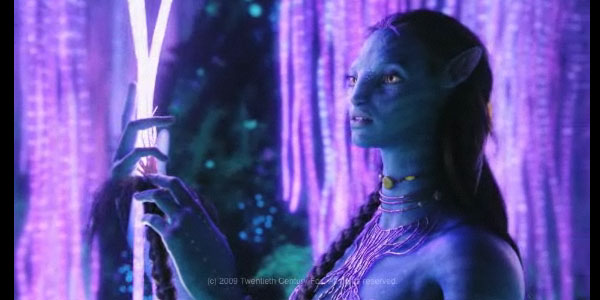
Getting this kind of detailed background from the director really makes a difference to the work of the VFX artist, stresses Sherwood. "Peter [Jackson]'s really great at that as well," he adds, and offers an example. "On Kong we had these bat creatures that were living in a cave with King Kong and he was meeting with the animators to talk about that scene and what he wanted to do. And someone asked him: what are the bats' relationship with Kong?
"So Pete gave this detailed 10-minute speech - I don't know if he's just made it up at that point [laughs] - giving us all this information about the relationship that the bats and King Kong had together. That kind of thing just adds to the universe you're trying to create, and makes the work a little bit more fun."
Massive teams
And it's fair to say you need a bit of fun when you're dealing with such massive teams and such a massive number of shots. So when, for example, there are more than 1,000 people working on Desolation of Smaug, how does he cope? "I've got a really great production team," he replies. "And what we try to do is take sequences as they come in and split them out and break them down where it makes sense to break them down.
"So you try to put them into bite-sized chunks and then you try to give those teams a sense of autonomy. They need to be given the responsibility to go ahead take those shots, and work out the angles. And you make sure they've got the crew they need to do that. That's our way of dealing with it all - to reduce everything down to manageable sizes."
And while things are certain to get busy near the end of a project, no one has to work through the night, he adds. "We try to build into it that we have enough production coverage so that we can do some shift work," he says. "Because I don't think a lot of people do too well after a 13-hour or 14-hour day. I certainly don't operate at my best at that sort of timeframe."
All of which bodes well for the third Hobbit movie, which Weta is working on right now. "What we're effectively doing now is building the universe in which it's all going to take place," he says. "And the fact that they changed the title from 'There and Back Again' to 'The Five Armies' should give you a good idea of what will be featured in the film…"
Win a trip to Los Angeles
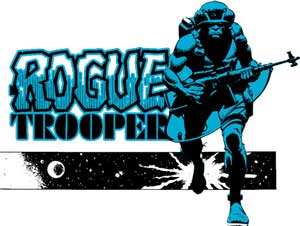
Masters of CG is a competition for EU residents that offers the one-in-a-lifetime chance to work with one of 2000AD's most iconic characters: Rogue Trooper.
We invite you to form a team (of up to four participants) and tackle as many of our four categories as you wish - Title Sequence, Main Shots, Film Poster or Idents. For full details of how to enter and to get your Competition Information Pack, head to the Masters of CG website now.
Enter the competition today!

Thank you for reading 5 articles this month* Join now for unlimited access
Enjoy your first month for just £1 / $1 / €1
*Read 5 free articles per month without a subscription

Join now for unlimited access
Try first month for just £1 / $1 / €1

Tom May is an award-winning journalist and editor specialising in design, photography and technology. Author of the Amazon #1 bestseller Great TED Talks: Creativity, published by Pavilion Books, Tom was previously editor of Professional Photography magazine, associate editor at Creative Bloq, and deputy editor at net magazine. Today, he is a regular contributor to Creative Bloq and its sister sites Digital Camera World, T3.com and Tech Radar. He also writes for Creative Boom and works on content marketing projects.
